The Site Reliability Workbook. Practical Ways to Implement SRE Betsy Beyer, Niall Richard Murphy, David K. Rensin
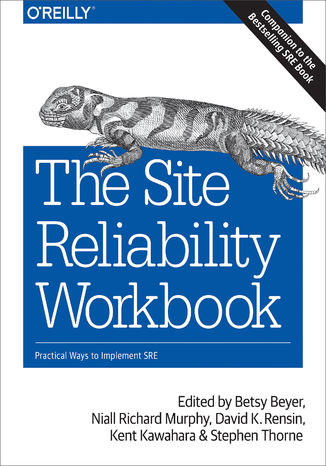



- Autorzy:
- Betsy Beyer, Niall Richard Murphy, David K. Rensin
- Wydawnictwo:
- O'Reilly Media
- Ocena:
- Stron:
- 512
- Dostępne formaty:
-
ePubMobi
Opis
książki
:
The Site Reliability Workbook. Practical Ways to Implement SRE
In 2016, Google’s Site Reliability Engineering book ignited an industry discussion on what it means to run production services today—and why reliability considerations are fundamental to service design. Now, Google engineers who worked on that bestseller introduce The Site Reliability Workbook, a hands-on companion that uses concrete examples to show you how to put SRE principles and practices to work in your environment.
This new workbook not only combines practical examples from Google’s experiences, but also provides case studies from Google’s Cloud Platform customers who underwent this journey. Evernote, The Home Depot, The New York Times, and other companies outline hard-won experiences of what worked for them and what didn’t.
Dive into this workbook and learn how to flesh out your own SRE practice, no matter what size your company is.
You’ll learn:
- How to run reliable services in environments you don’t completely control—like cloud
- Practical applications of how to create, monitor, and run your services via Service Level Objectives
- How to convert existing ops teams to SRE—including how to dig out of operational overload
- Methods for starting SRE from either greenfield or brownfield
Wybrane bestsellery
Betsy Beyer, Niall Richard Murphy, David K. Rensin - pozostałe książki
O'Reilly Media - inne książki
Dzięki opcji "Druk na żądanie" do sprzedaży wracają tytuły Grupy Helion, które cieszyły sie dużym zainteresowaniem, a których nakład został wyprzedany.
Dla naszych Czytelników wydrukowaliśmy dodatkową pulę egzemplarzy w technice druku cyfrowego.
Co powinieneś wiedzieć o usłudze "Druk na żądanie":
- usługa obejmuje tylko widoczną poniżej listę tytułów, którą na bieżąco aktualizujemy;
- cena książki może być wyższa od początkowej ceny detalicznej, co jest spowodowane kosztami druku cyfrowego (wyższymi niż koszty tradycyjnego druku offsetowego). Obowiązująca cena jest zawsze podawana na stronie WWW książki;
- zawartość książki wraz z dodatkami (płyta CD, DVD) odpowiada jej pierwotnemu wydaniu i jest w pełni komplementarna;
- usługa nie obejmuje książek w kolorze.
Masz pytanie o konkretny tytuł? Napisz do nas: sklep@helion.pl
Książka drukowana


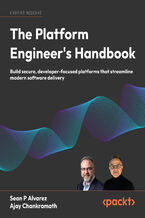

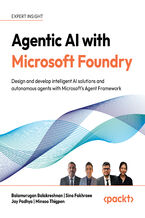
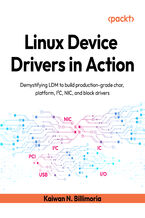
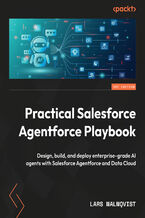
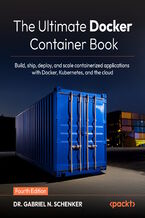
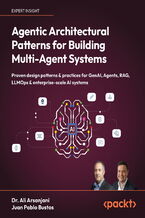
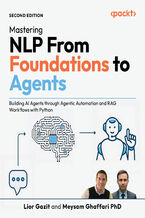
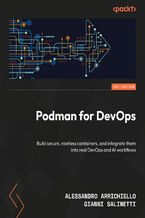
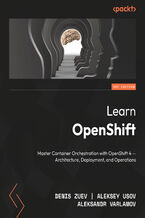
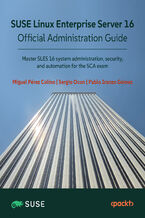

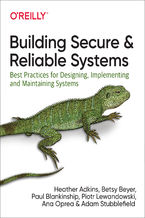
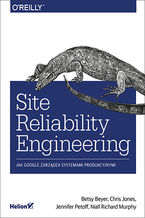
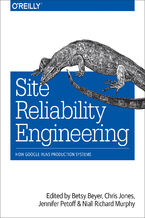
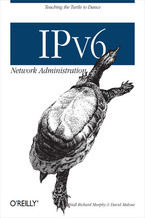





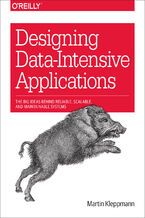
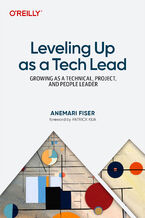

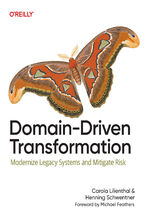

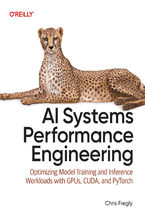
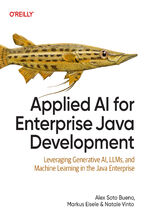
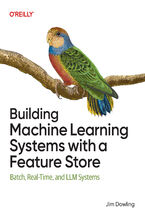

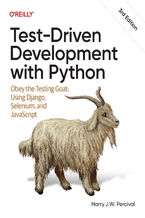



Oceny i opinie klientów: The Site Reliability Workbook. Practical Ways to Implement SRE Betsy Beyer, Niall Richard Murphy, David K. Rensin
(0)